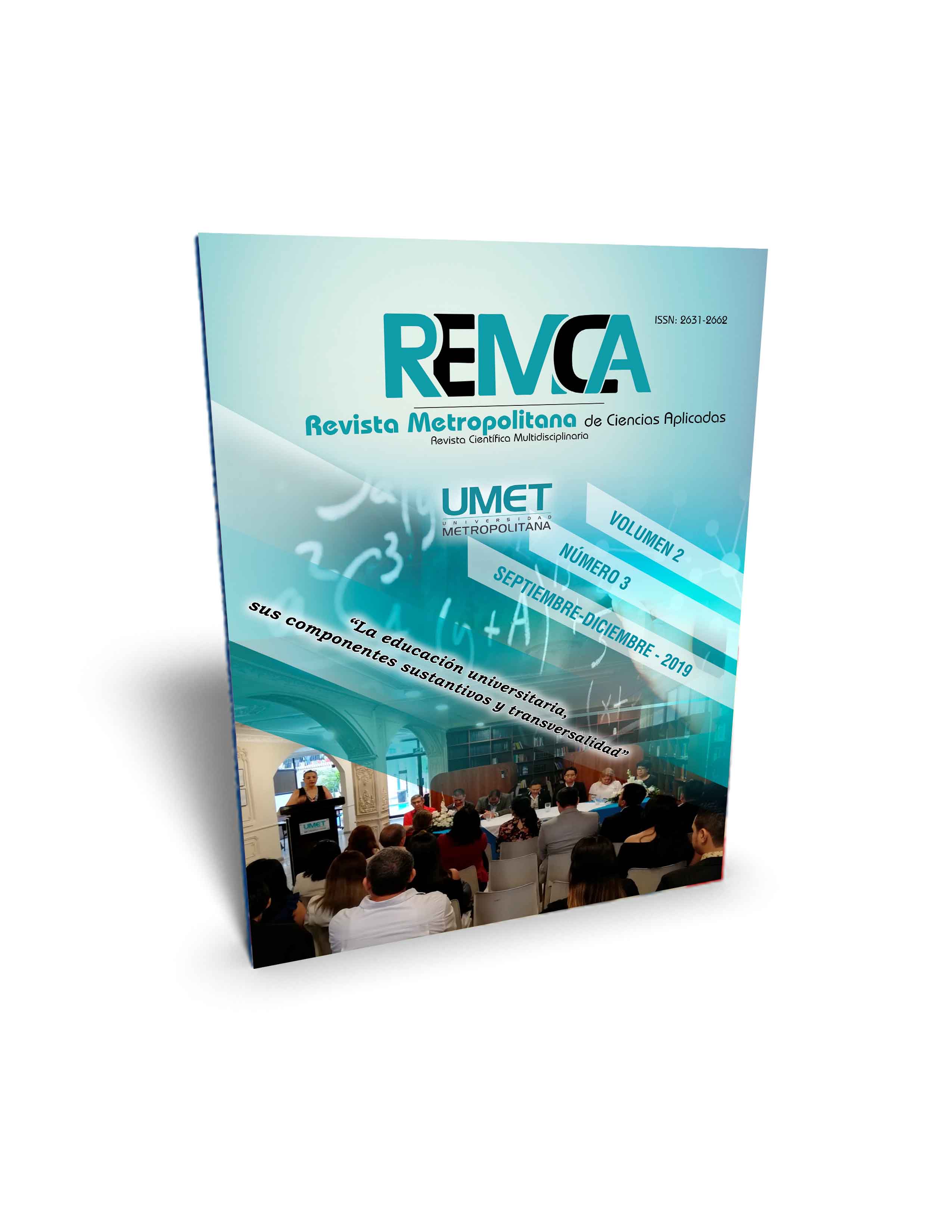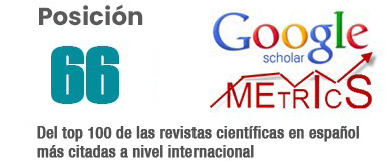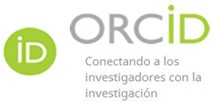Business processes in business management
DOI:
https://doi.org/10.62452/cdw3nd71Keywords:
Business processes, modeling of business processes, process managementAbstract
Over time, companies have organized themselves in different ways to develop the economy. During the industrial era they organized themselves as a collection of tasks that, according to the knowledge of the time, allowed economies of scale. At the end of the 20th century, new organizational structures emerged, such as the product line and the matrix. More recently, these architectures have evolved in a way that aligns people, work and capital with the processes that create value for the client. Business process management is a business methodology whose objective is to improve efficiency through the systematic management of processes, which must be modeled, automated, integrated, monitored and optimized continuously. This specialized essay deals with this topic and is developed in six sections. In the first, the generalities, history and evolution of process management are presented; the second and third deal with the process management approach and the life cycle phases. The fourth section is dedicated to the business process modeling techniques; one of them, BPMN, is discussed in section five, concluding the essay with section six related to the modeling tools.
Downloads
References
Alvez, P., Scalone, M., & Fernández, P. (2006). Estado del Arte. Proyecto Batuta- Generador de Aplicaciones orquestadoras. (Tesis de grado). Santa Clara: Universidad Central “Marta Abreu” de Las Villas.
Fernández, B. (2013). Modelado del proceso de negocio de Postgrado en la UCLV. Santa Clara: Universidad Central “Marta Abreu” de Las Villas.
Fernández, Í. M. (2013). Implantación de la metodología BPM en la EPS: Aplicación para la Gestión de Comisiones. Madrid: Ministerio de Hacienda.
Giaglis, G. (2001). A Taxonomy of business process modeling and information systems modeling techniques. The International Journal of Flexible Manufacturing Systems, 13(2), 209–228. Recuperado de https://link.springer.com/article/10.1023/A:1011139719773
Hoyle, D. (2011). Quality management essencials. New York: Routledge.
International Organization for Standardization. (2000). Norma Internacional ISO 9000 Sistemas de gestión de la calidad - conceptos y vocabulario. Ginebra: ISO.
Lakin, R., Capon, N., & Botten, N. (1996). BPR enabling software for the financial services industry, Management Services. Management Services, 40(3), 18-20. Recuperado de https://researchportal.port.ac.uk/portal/en/publications/bpr-enabling-software-for-the-financial-services-industry(34727c97-cb0c-43dd-b62b-b35576ccc49e)/export.html
Mesa, A., Lochmuller, C., & Tabares, M. S. (2014). Comparativo entre herramientas BPMN. Revista Soluciones de Postgrado EIA, (12), 95-108. Recuperado de https://pdfs.semanticscholar.org/ae75/6daac339720de3320dbefb30101179ac785a.pdf
Miers, S. A. (2009). Guía de Referencia y Modelado de BPMN. Comprendiendo y utilizando BPMN.
Nogueira, D., & Medina, A. (2004). Fundamentos del control de gestión empresarial. La Habana: Pueblo y Educación.
Rivero Pino, M. (2017). Análisis de Herramientas de Modelado de Procesos de Negocio. (Trabajo de Titulación). Sevilla: Universidad de Sevilla.
Sanchis, R., Poler, R., & Ortiz, A. (2009). Técnicas para el Modelado de Procesos de Negocio en Cadenas de Suministro. Información tecnológica 20 (2), 29-40. Recuperado de https://scielo.conicyt.cl/scielo.php?script=sci_arttext&pid=S0718-07642009000200005
Wasilewski, A. (2016). Business process management suite (BPMS) market changes 2009-2015. Information Systems in Management, 5(4), 585-592. Recuperado de http://yadda.icm.edu.pl/yadda/element/bwmeta1.element.desklight-f404712d-4ab6-418b-8c67-5f490228a76c/c/ISIM_Vol_5_284_29_585-592.pdf
Downloads
Published
Issue
Section
License
Copyright (c) 2019 Karel Gómez Velázquez, Daniel Gálvez Lio, Gheisa Lucía Ferreira Lorenzo (Autor/a)

This work is licensed under a Creative Commons Attribution-NonCommercial-ShareAlike 4.0 International License.
Authors who publish in Revista Metropolitana de Ciencias Aplicadas (REMCA), agree to the following terms:
1. Copyright
Authors retain unrestricted copyright to their work. Authors grant the journal the right of first publication. To this end, they assign the journal non-exclusive exploitation rights (reproduction, distribution, public communication, and transformation). Authors may enter into additional agreements for the non-exclusive distribution of the version of the work published in the journal, provided that acknowledgment of its initial publication in this journal is given.
© The authors.
2. License
The articles are published in the journal under the Creative Commons Attribution-NonCommercial-ShareAlike 4.0 International License (CC BY-NC-SA 4.0). The terms can be found at: https://creativecommons.org/licenses/by-nc-sa/4.0/deed.en
This license allows:
- Sharing: Copying and redistributing the material in any medium or format.
- Adapting: Remixing, transforming, and building upon the material.
Under the following terms:
- Attribution: You must give appropriate credit, provide a link to the license, and indicate if any changes were made. You may do this in any reasonable manner, but not in any way that suggests the licensor endorses or sponsors your use.
- NonCommercial: You may not use the material for commercial purposes.
- ShareAlike: If you remix, transform, or build upon the material, you must distribute your creation under the same license as the original work.
There are no additional restrictions. You may not apply legal terms or technological measures that legally restrict others from doing anything the license permits.




